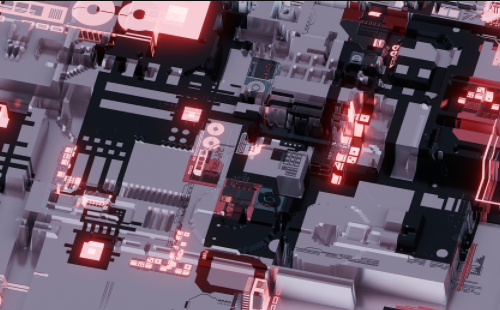Basic principle and characteristics of ultrasonic nondestructive testing
Date:2022-02-21 13:25:02 Views:4745
Ultrasonic testing, also known as ultrasonic testing and ultrasonic flaw detection, is a kind of nondestructive testing. Nondestructive testing is a testing method to check the surface and internal quality of the inspected parts without damaging the working state of the workpiece or raw materials. Ultrasonic nondestructive testing (NDI) is a development and application of ultrasonic nondestructive testing. Its equipment includes: ultrasonic flaw detector, probe, coupling agent and standard test block. Its purpose is to detect casting shrinkage cavity, bubble, welding crack, slag inclusion, incomplete fusion, incomplete penetration and other defects and thickness measurement.

Basic principle of ultrasonic nondestructive testing
There are many kinds of ultrasonic flaw detectors, but in the actual nondestructive testing process, pulse reflection ultrasonic flaw detector is the most widely used. Generally, in uniform materials, the existence of defects will cause discontinuity of materials, which often leads to inconsistency of acoustic impedance. From the reflection theorem, we know that ultrasonic will be reflected at the interface of two media with different acoustic impedance, and the reflected energy is related to the difference of acoustic impedance between the media on both sides of the interface and the orientation and size of the interface. Pulse reflection ultrasonic nondestructive testing flaw detector is designed according to this principle.
At present, most portable pulse reflection ultrasonic nondestructive testing flaw detectors are in A-scan mode. The so-called A-scan display mode is that the abscissa of the display is the propagation time or propagation distance of ultrasonic in the tested material, and the ordinate is the amplitude of ultrasonic reflected wave. For example, there is a defect in a steel workpiece. Due to the existence of this defect, an interface between different media is formed between the defect and the steel material. The acoustic impedance between the interfaces is different. When the emitted ultrasonic meets this interface, it will be reflected, and the reflected energy will be received by the probe, A reflected wave waveform will be displayed at a certain position of the abscissa in the display screen. This position of the abscissa is the depth of the defect in the tested material. The height and shape of the reflected wave vary with different defects, reflecting the nature of the defects.
Main characteristics of ultrasonic nondestructive testing
(1) When the ultrasonic wave propagates in the medium, it has the characteristics of reflection on different qualitative interfaces. If a defect is encountered and the size of the defect is equal to or greater than the ultrasonic wave length, the ultrasonic wave will be reflected back on the defect, and the non-destructive flaw detector can display the reflected wave; If the size of the defect is even smaller than the wavelength, the sound wave will bypass the ray and cannot be reflected;
(2) The wave sound has good directivity. The higher the frequency, the better the directivity. It radiates into the medium with a very narrow beam, which is easy to determine the location of defects.
(3) The propagation energy of ultrasonic wave is large. For example, the energy transmitted by supergenerated wave with frequency of 1MHz (100Hz) is equivalent to 1 million times of sound wave with the same amplitude and frequency of 1000Hz (Hz).
As an important nondestructive testing technology, ultrasonic testing not only has the fundamental advantages of strong penetration ability, simple equipment, good service conditions and safety, wide detection range, but also its output signal is reflected in the form of waveform. The rapid development of high and new technologies such as computer signal processing, pattern recognition and artificial intelligence can be conveniently applied to the detection process, so as to improve the accuracy and reliability of detection.




 Weixin Service
Weixin Service

 DouYin
DouYin
 KuaiShou
KuaiShou





















